The Florida Keys, an archipelago of 1,700 islands in the southeastern United States, are known for their world class sport fishing, scuba diving and snorkeling. The area is abundant with numerous varieties of fish, animal and plant life, it also has its fair share of insects with “No-See-Ums” and mosquitoes leading the list. They make their presence known, especially after Florida’s post card, picture perfect, sunsets.
The Keys: A Tropical Climate
The Keys begin at the southeastern tip of the Florida peninsula, about 15 miles south of Miami, and extend in a gentle arc south-southwest and then westward to Key West. The islands lie along the Florida Straits, dividing the Atlantic Ocean to the east from the Gulf of Mexico to the west, defining one edge of Florida Bay. The Florida Keys are geographically in the subtropics; however the climate of the Keys is considered to be tropical with the Gulf Stream just a few miles off shore which has a significant effect on the region’s climate. These unique characteristics embrace a design strategy for a passively cooled, tropical house.
The prototypical passively cooled, tropical house design works toward one basic overriding goal: staying comfortable without relying on air conditioning. This is accomplished by the moderation of three variables: temperature, humidity and air circulation. Victor Olgay in his book, Design with Climate, developed guide lines for climate responsive architecture in four distinct climate regions; one is a hot humid tropical environment. Designing a passively cooled house starts with the site and includes every aspect of the house right down to the color.

Historically characteristics of these distinct tropical house types are seen in the Florida Seminole Indian chickee huts which are elevated platform, open sided structures with palmetto frond thatched roofs. The open sides offer free air movement through and around the structure and the thatched roof offers protection from the sun and rain. Prior to the use of air conditioning in South Florida, homes responded to the needs of the environment with the wide use of attic venting and later, jalousie windows to promote air movement. Excellent examples can also be seen in “Florida Cracker Houses” and the modernist work of Paul Rudolph in the Sarasota Florida area.
In a hot, humid environment wind and shade are your friends, they help to lower the air temperature, moderate humidity and promote air circulation. Passive cooling techniques rely on increased air movement; therefore prevailing breezes are primary considerations in site selection. An individual, somewhat elevated, freely elongated house, on an east-west axis is preferred. With the long south or north façade situated to capture the prevailing breeze. The shorter east and west walls minimize the sun’s strong radiation effects from the rising eastern sun and intense setting sun in the west. Ideally the prevailing breeze will first pass over a water body then under high branching trees to reduce the temperature before passing through the house’s interior spaces. Appropriately sized roof overhangs allow exterior walls to remain in shade and allow windows to remain open during wind driven tropical rain storms.
The Tavernier House Project
The Tavernier House site is oriented to the southeast overlooking an expansive wetlands conservation area with native trees and vegetation. The prevailing breeze is out of the southeast over the Atlantic Ocean allowing for optimal air flow through the long south wall of the house. The air is tempered first as it comes off the Atlantic Ocean. The air temperature is further reduced as the air passes through the trees located in the conservation area. Finally the air passes through another layer of shade, the roofed screened room, at the southeast portion of the house. The now tempered air enters the interior through a southeast facing wall of pocketed sliding glass doors opening the full length of the mosquito free, screen room collecting the prevailing passively cooled breeze from the southeast.
Increasing air flow across the skin stimulates vaporization and with it a cooling effect. Open wall solutions are preferable, walls being less important here than in other regions. Customary distinctions between walls and openings disappear as ventilation is needed the great majority of the year. With the exterior walls as open as possible allowing for maximum air flow, screen protection is required from insects and small animals. Creating the covered screen entry space at the front of the house provides sun, rain, insect and animal protection while allowing the wall to be open to collect as much breeze as possible.
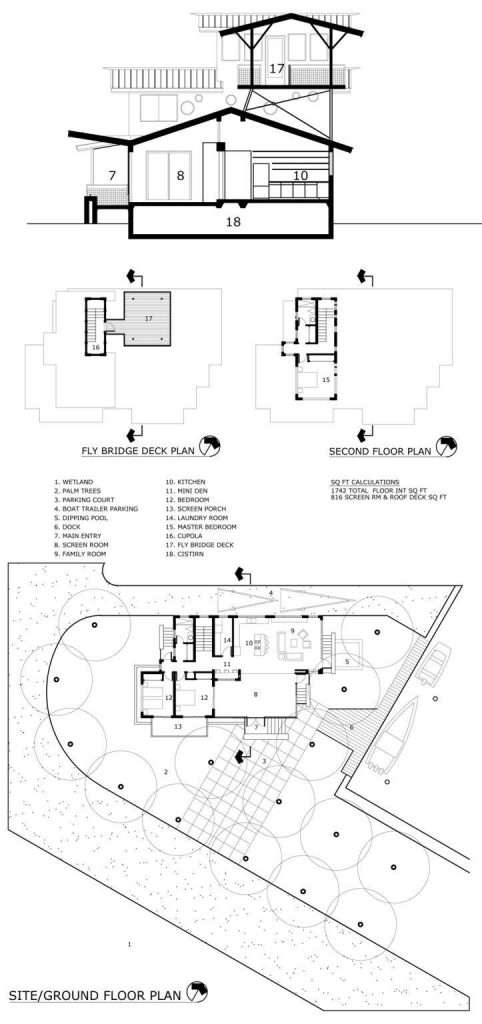
To induce air flow, especially on those “dead air” days, above the stairwell leading to the roof deck, is an operable windowed copula, which creates a “stack” effect to thermally induce air flow, with additional help from a whole house fan when required. Any form of heat storage should be avoided with interior walls opened to induce cross ventilation. In response, louvered interior doors and transoms are used to promote air movement through the house. To additionally promote free air movement and to visually lighten the form, the house is elevated off the ground.
The roof takes on the strongest thermal impacts; here the design emphasis changes from walls to roof. It must be water tight, insulated and reflective. The roof of the Keys Houses is vaulted on the interior, with an insulted roof above, radiant barrier and a reflective “5V crimp” galvalume roof to the exterior.
Intangibles such as state of mind and clothing play an important part of staying comfortable. Not letting the heat of the day, enter into your psyche, wearing breathable cotton clothing and a broad brimmed, ventilated hat is helpful. Other sustainable practices are incorporated in the Tavernier House including:
- Rain water harvesting
- Basement water storage cistern
- Photovoltaic and hot water solar panels on the roof
- Drip irrigation
- Planting native drought tolerant vegetation
- High efficiency plumbing fixtures
- FSC certified and reclaimed lumber
- Environmentally preferable products
This post originally appeared on William Hoffman’s site, Hoffman Architecture, and was published here with his permission.








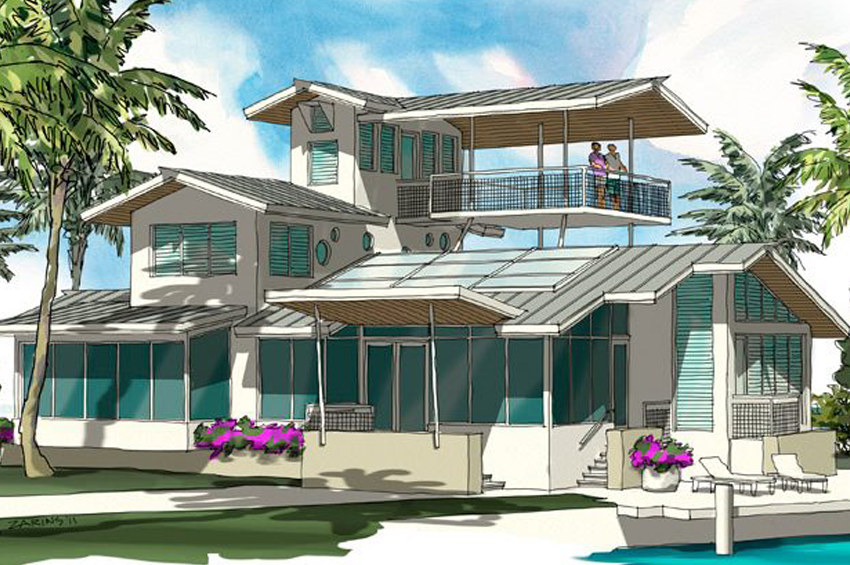

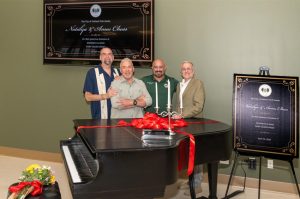

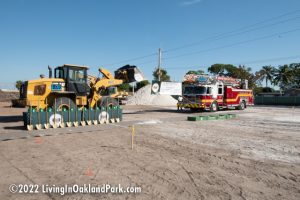


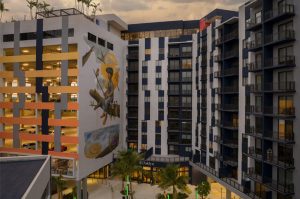


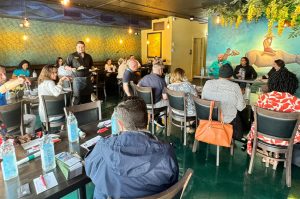

One Response